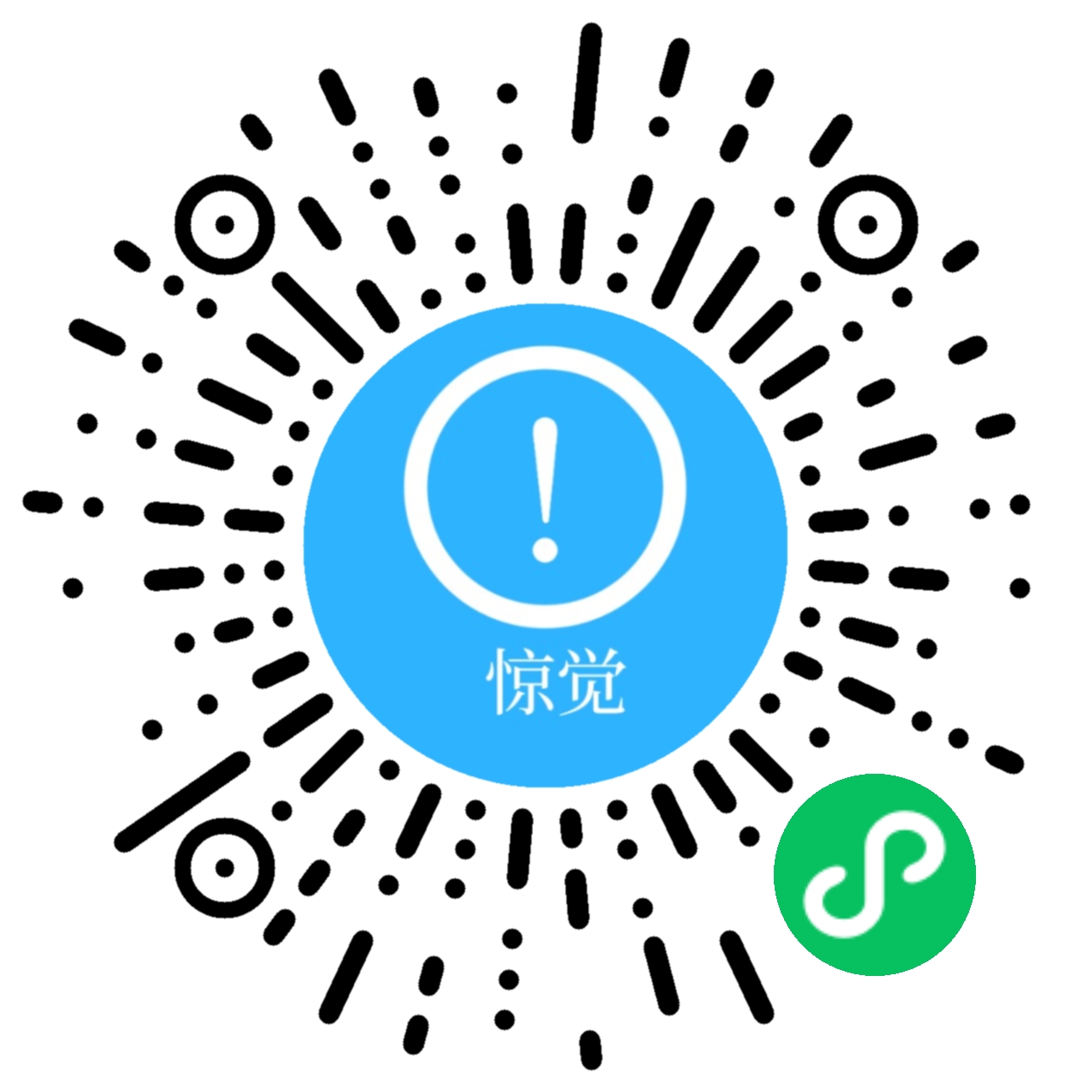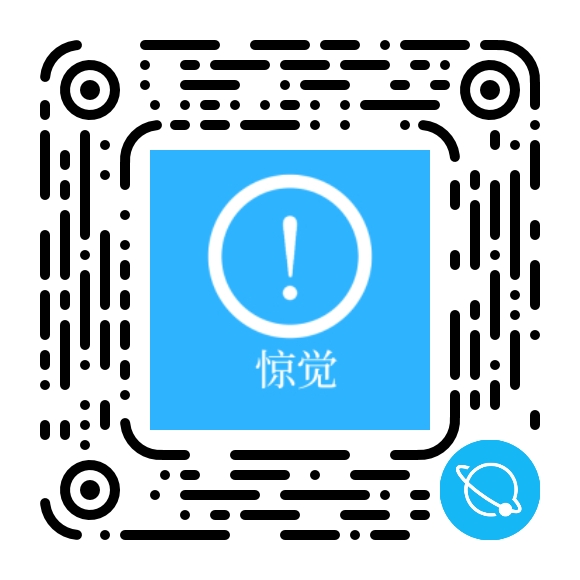I run a tiny studio that pours small-batch soy candles on the weekends and ships twice a week from my living room. I rebuilt our entire storefront on the Candlea WordPress Theme after a season of “pretty but slow” pages and a checkout that asked customers to work harder than our wicks. I kept gplpal in my notes as my working catalog and sanity check, and I compared sibling templates listed under Best WordPress Themes to make sure I wasn’t missing an easier path. This is everything I actually configured, with numbers from a slow-phone drill, and the copy tweaks that moved conversion for a scent-led brand.
The problem I walked into
My old theme looked artisanal and behaved like a craft fair tent in a windstorm: a full-bleed video hero that pushed “Add to Cart” under the fold, a product grid that twitched as badges loaded, and long, perfume-ad style product pages that hid size choices inside an accordion. The support inbox kept seeing the same questions: “What does ‘throw’ mean?” “Is ‘Amber Smoke’ sweet?” “When is the next restock?” Customers were ready to buy; the site was simply making them wait or guess.
I wanted a theme that respected small-batch retail: calm product cards, a variant picker that didn’t require a pilgrimage, predictable shipping notes, and a homepage that behaved like a storefront rather than a mood reel. Candlea promised candle-native sections—scent notes, bundles, gift sets—and a not-too-clever page builder that my one helper could learn in a day. I took it for a real spin and tried to break it the way weekends break small shops.
Clean install and the rules I set before touching a pixel
Stack & hosting
I chose a modest VPS: PHP 8.2, HTTP/2, Brotli; page cache + object cache; CDN for static assets. Fresh WordPress, Candlea activated, WooCommerce installed, plus a lean stack of essentials: a forms add-on, analytics, and a consent banner that doesn’t shake the layout. No “do-everything” optimization plugins—just common-sense rendering rules.
Design system (locked on day zero)
-
Typography: body 17–18px at a 1.6 line height; H1 44–48 on desktop / 30–34 on mobile; H2 28–32; H3 22–24.
-
Spacing: 8-point rhythm; section paddings 56–72px desktop, 40–48px mobile; gutters 24px.
-
Color: ink (text), porcelain (surface), sage (primary CTAs), brass (accents).
-
Motion: 150–180ms fades; respects reduced-motion (animations off). No parallax. No auto carousels.
-
Images: fixed ratios (4:5 for products, 16:9 for lifestyle, 1:1 for detail); explicit width/height on every image to keep CLS near zero.
Candlea respected these tokens immediately. Once set, my helper couldn’t “invent” new paddings in a Tuesday-evening edit.
Homepage: a storefront, not a fragrance campaign
My homepage is a straight path to a scent decision, not a reel of floating petals:
-
Still hero: “Small-batch soy candles. Clean burn. Honest notes.” One primary CTA: “Shop new pours.”
-
Restock notice band: a single text line that rotates once a week (“Autumn batch ships Friday”). Height reserved; no layout jump.
-
New arrivals grid (8 items): fixed-height cards with stable price/variant rows. No flip-on-hover. No jitter.
-
Scent families: four tiles—Citrus, Wood & Resin, Floral, Gourmand—each tile is a filter link and a two-line description.
-
Best-sellers row: four SKUs with quick “Add to Cart” only on desktop; on mobile, a clean tap to product detail.
-
Bundle spotlight: “Evening Ritual Kit” with a short three-bullet promise.
-
Three-review strip: short, two-line social proof; no carousel.
-
Newsletter: small inline form with one sentence about frequency (“twice a month, restocks + recipes”).
Candlea’s blocks made this trivial, and because the hero is still and images declare size, the “Shop new pours” button never migrates as things load.
Catalog structure: how I made scent discovery obvious
Categories
I kept the catalog shallow: Scent Families (Citrus, Floral, Wood & Resin, Gourmand), Vessels (Amber glass, Matte ceramic), and Gifts (Bundles, Minis, Gift Cards). Tags are sparse and honest: “essential oil boosted,” “clean burn,” “phthalate-free.”
Filters
On desktop, a left sidebar; on mobile, a slide-up filter sheet. I limited filters to Scent Family, Burn Time, Vessel, and Price. Too many filters create the illusion of choice and the reality of indecision.
Grid
4:5 image ratios; titles clamp to two lines; a micro “scent notes” line (“cedar • labdanum • smoke”) under the title; stable price row; “Low stock” appears only at ≤ 3 units. Candlea’s card controls keep heights consistent.
Pagination
Numbered; no infinite scroll. My customers DM me “I’m on page 2—where’s the smoky one?” I need shareable anchors, not a treadmill.
Product pages: clarity above the fold, intimacy below
A candle purchase is sensory and memory-loaded. The page needs to make the intangible feel tactile without burying the decision.
Gallery
5–7 images: vessel front, candle burning, lid detail, wax texture, and a contextual shelf shot. One short video behind a static poster (“how the flame dances”). Heights reserved so nothing jumps. Candlea’s gallery supports this without me scripting around it.
Above-the-fold stack
-
Title and two-line note list (“cedar • labdanum • smoke”).
-
Price and short variant row: Size (4oz mini, 8oz standard), Vessel (amber glass / matte ceramic), and Wick (cotton or wood crackle) where relevant.
-
Add to Cart in a stable, finger-sized row.
-
Two micro-lines directly beneath: “Burn 40–45 hours” and “Ships in 24–48h.”
-
Small color-coded scent family pill for instant orientation.
Below the fold
-
Story section: three sentences about the scent’s scene (“stove-warmed resin, the first match after rain”).
-
Honest notes: top / heart / base, with eight-word max per bullet.
-
Throw & room size table: realistic (“best in bedrooms and studies; open-plan needs two”).
-
Ingredients plain language: soy wax, cotton wick, IFRA-compliant fragrance oil; “phthalate-free, no parabens.”
-
Care: trim to 1/4″, first burn 2–3 hours, keep away from drafts; short list, not an essay.
-
Refill info for ceramic vessels (local drop-off discount).
-
“Pairs well with” row (manual curation) and “Recently viewed” row (automatic). Candlea’s product layout drops these in as stable sections—they don’t push content down late.
Accessibility
Variant swatches include text; all controls are keyboard navigable with visible focus rings; accordions announce state to screen readers. Candlea’s markup cooperates; I only tuned focus outlines and spacing once.
Bundles and gift sets: premium without theater
I sell three bundles: a morning set (citrus/green), an evening ritual (resin/gourmand), and a sampler of minis. Candlea ships a “bundle” block with a flexible grid:
-
Bundle hero with a clean still image (the ceramic tray, a wick trimmer, two candles).
-
Choose your scents step with constrained options (3 out of 6).
-
Plain benefit row: “save 12%,” “gift-ready box,” “hand-signed card.”
-
Shipping promise: “ships in 48h on weekdays.”
-
Refill policy reminder at the end for ceramic vessels.
No confetti animations, no sticky bars. When bundles become a stage show, baskets get abandoned.
Cart and checkout: compress friction without hiding detail
Cart
Thumb-friendly quantity steppers; thumbnails with vessel color; “Remove” clearly labeled; a lean shipping estimate; and a fixed “Continue shopping” link that returns to your last category. Upsell exists, but it’s a calm row under totals—never wedged between line items and the button.
Checkout
One page. Name, email, shipping (address lookup with a lightweight script), billing checkbox, shipping method, payment. Wallets load only after the user taps the option. No forced account creation; a tiny opt-in toggle for email. Discount field doesn’t blink or steal focus. Candlea’s checkout styling made the form feel like a confident handshake instead of a maze.
Confirmation
Order summary, delivery window (“most orders arrive in 3–5 days”), candle care reminder, and one line about restock days. No coupon spamming for the next purchase.
Performance: measured at my kitchen table with a slow phone
These numbers are from a mid-range Android over throttled 4G, cold cache, with the production preload of one heading font and every image exported to the sizes above:
-
Homepage LCP: ~1.9–2.2s (still hero 1600–1800px ~120–160KB; mobile 1200px ~70–100KB).
-
Category LCP: ~2.0–2.3s (filters closed initially).
-
Product LCP: ~2.0–2.4s depending on gallery count.
-
TBT: <120ms after trimming icon families and deferring noncritical scripts.
-
CLS: <0.04 site-wide because every image, badge, and marketing bar declares its size.
-
First fold weight: ~650–820KB across typical pages.
What moved the needle was predictable: refusing parallax and auto sliders, preloading only a heading font (body sticks to the system stack), replacing above-the-fold video with a poster that swaps on tap, and reserving height for every media block so the “Add to Cart” row never wanders.
Content choices that actually sold candles
I stopped writing perfume copy and started writing kitchen-table copy:
-
Outcome-first bullets (“smoke-soft, not campfire,” “bright peel, no pledge”).
-
Room-size guidance inside the throw table.
-
First-burn instructions near the button, not buried (“first burn 2–3 hours for an even pool”).
-
Refill economics spelled simply (“refill saves 20% for ceramic vessels”).
-
Allergy note visible (“no nut oils; soy-based wax”).
Candlea’s blocks encourage calm text; there’s no nudge toward glitz. That’s good. The brand voice read like a person who pours wax, not a museum placard.
SEO structure: quiet, reliable, and human
-
One H1 per page; no hero text as images.
-
Human slugs (
/shop/wood-resin/,/product/amber-smoke/). -
Alt text names visible action (“wick trimmed to 1/4 inch,” “ceramic vessel on oak shelf”).
-
Internal links form triangles: Scent Family ↔ Product ↔ Care Guide; Bundles ↔ Products ↔ Gift Cards.
-
FAQ schema is applied to a real FAQ page, not sprayed everywhere.
-
Canonical tags stay clean; filter states don’t create indexable duplicates.
-
Local signals (returns address, ship days) live in text, not just images.
After launch, organic entries to product pages rose as I stopped burying the basics and wrote category intros that matched real query intent (“wood and resin candles, smoke-soft, not campfire”).
Accessibility: the invisible lever
-
High-contrast focus rings across nav, filters, variant pickers, and payment steps.
-
Tap targets ≥ 44px; the “Add to Cart” row is finger-proof even on smaller phones.
-
Labels live above fields; placeholders are hints, not labels.
-
Reduced-motion preference truly stops movement.
-
Accordions announce open/close to screen readers; scent pills are understandable text, not just color.
I didn’t add “accessibility” later. I set it on day zero with tokens and Candlea didn’t fight me.
Weekly operations: the loop that kept the shop calm
-
Monday: re-encode any hero over ~160KB; check first-fold weight on top five pages.
-
Wednesday: slow-phone drill—homepage, one category, one product, cart, checkout.
-
Friday: post the restock line in the notice band; pin a shipping delay if a storm hits.
-
Monthly: prune plugins, rotate API keys, audit 404s, and fold new customer questions into the FAQ.
Because Candlea’s blocks are opinionated, a new image or line of copy rarely breaks the layout.
Alternatives I tested and why Candlea stayed
-
Minimal “Hello” style theme + builder: rock-solid if you have time to craft every template. I needed friendly defaults and retail-native blocks.
-
Astra/Kadence: strong performance if you bring discipline. Candlea felt more scent-store oriented out of the box (note lists, bundle sections, gift workflows).
-
Cinematic mega-themes: pretty demos, heavy scripts, and a talent for CLS. Not for a kitchen-table shop with repeat buyers.
Candlea’s edge is that it wants you to sell candles, not run a design parade.
Limits I found
-
Wholesale portal with custom pricing tiers requires a dedicated plugin; Candlea plays nice but isn’t magic.
-
Subscription boxes are possible, but the billing/renewal behavior lives in your commerce plugin, not the theme.
-
Cinematic scroll-stories with pinned video fight mobile physics; keep that to one campaign page, not your system.
-
Third-party chat widgets can wreck LCP if you treat the head tag like free real estate. Governance saves you, not the theme.
None of these are deal-breakers; they’re architecture choices.
Data I actually watch (and what I change)
-
Category → product CTR: if it dips, I shorten titles, raise price contrast, bring scent notes one line higher, and consider adding one more filter (only if it clarifies).
-
Checkout abandonment at shipping: if it rises, I move the shipping window microcopy up, widen tap areas, and confirm errors appear under the field that needs attention.
-
Repeat purchase rate: if flat, I surface refills more clearly on ceramic products and add a tiny incentive card in the box rather than on the website.
Always one change per week, never three; I want signal, not entropy.
My complete Candlea setup checklist (steal this)
-
Freeze typography, spacing, color tokens; preload one heading font; keep body on the system stack.
-
Kill parallax and auto carousels; honor reduced-motion.
-
Replace every demo image; export with fixed ratios and declared sizes.
-
Build the homepage like a storefront: still hero, restock band, new arrivals, scent families, best-sellers, bundle spotlight, short reviews, small newsletter.
-
Keep categories shallow; limit filters to 3–4 that truly help.
-
Lock product pages: notes + size/vessel + “Add to Cart” above the fold, throw table, care, ingredients, and refills below.
-
Use stable bundles: constrained choices, clear benefits, shipping promise.
-
Trim cart; simplify checkout; load wallets on intent; errors under fields.
-
Throttled-phone drill on launch day; fix anything that moves or stutters.
-
Add a calm FAQ that answers “throw,” “first burn,” “room size,” “allergies,” and “refill.”
-
Post one restock line weekly; treat it like a promise, not a campaign.
-
Watch LCP, CTR, abandonment; adjust one lever at a time.
What changed after the rebuild
-
Mobile conversion lifted because “Add to Cart” never wandered and the size/vessel picker sat where thumbs live.
-
Returns dropped after we placed fit-for-room guidance and first-burn rules near the button.
-
Support emails halved when “throw” was defined and allergy notes became first-class citizens on the page.
-
Newsletter quality improved when the form promised a frequency and stuck to it—no weekly blasts, just restocks and one recipe (yes, we shared a simple orange-peel simmer pot that pairs with Citrus Bloom).
I didn’t ask customers to admire the site. I asked it to behave while they chose a scent. Candlea let me build that.
Final verdict
Candlea is a respectful choice for a small-batch candle brand: opinionated without being bossy, quick without requiring wizardry, and calm where it matters most—on phones, in kitchens, at 10 p.m. when someone wants the room to smell like cedar and smoke by Friday. If I rebuilt tomorrow, I’d make the same calls: still hero, stable product cards, notes near the title, a throw table that tells the truth, and a checkout that saves energy.



